From ALEXAs to 1980s JVCs: Cameras & Lenses Used on SXSW 2018 Films
40+ SXSW filmmakers tell us which cameras and lenses they used to create their festival films.
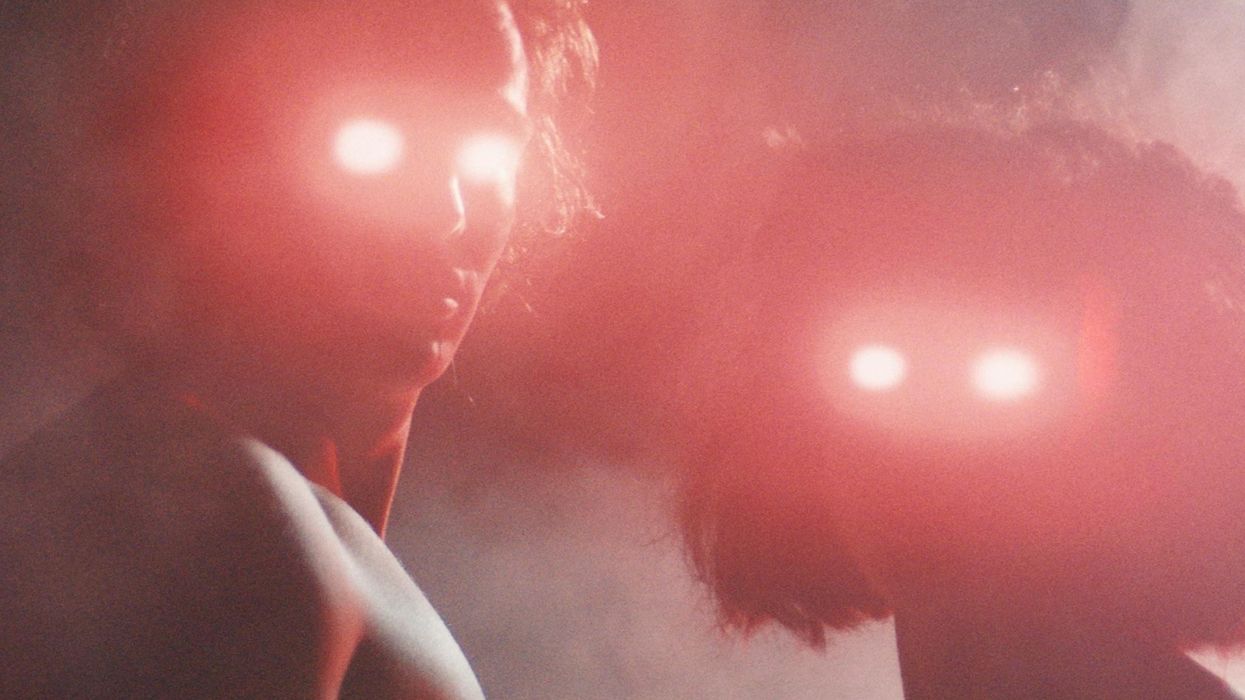
No Film School surveyed SXSW 2018 filmmakers to learn about their camera and lens choices to create the distinctive looks of their films. Below are survey responses from over 40 filmmakers that we hope will shed light on how these cameras and lenses shaped their artistic visions and help those of you considering options for your next projects.
David Ward (Producer/Co-Writer/DP, The Mangina Exit): Canon 5D w/ Canon Zoom lenses because it's what we had free access to.
Jim Archer (Director, Brian and Charles): Arri Amira and Arri Ultra-Primes. I always like the Amira for projects like this as we were trying to approach it as much like a documentary as possible, so keeping things mobile and handheld was important. The ability to have an onboard mic is also a huge bonus, we used a lot improv in the short so I wanted plenty of coverage for sound so we didn't lose anything! Lens wise I was keen not to use zooms. That whole crash zoom thing feels so done in the "mockumentray" thing, so I was keen to keep it looking beautiful with wide frames and shallow depths of field.
Mary Neely (Director/Editor/Producer, Pink Trailer): Sony F5 + Zeiss Lenses because we were working with a small budget yet wanted high end/trusted gear.
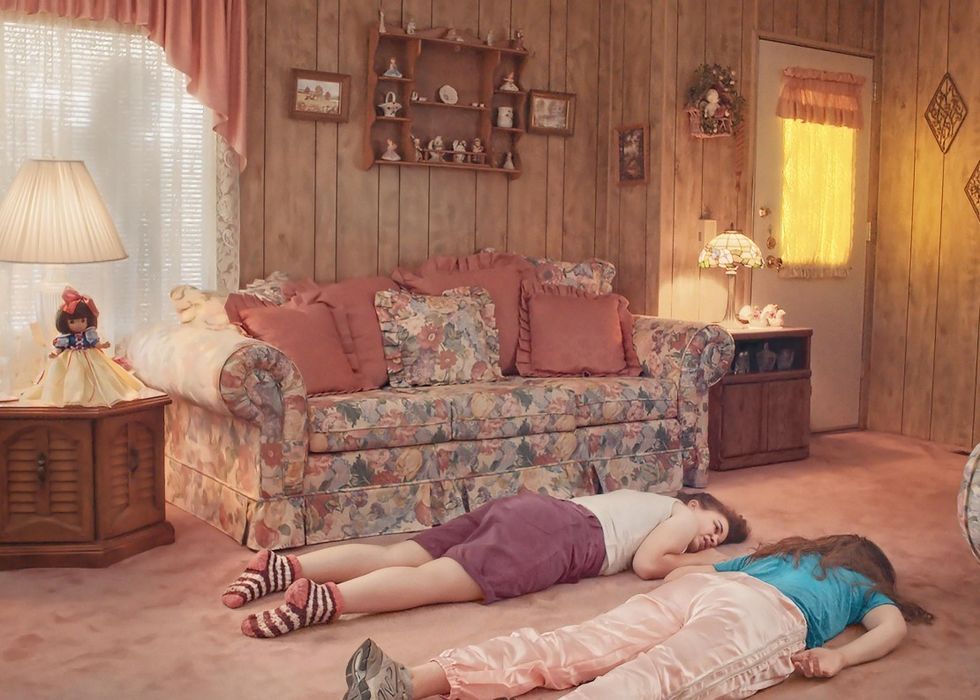
Weston Bering (Director/DP, Loveless music video): Sony A7s II with Carl Zeiss Sony Zoom lens because it is my only equipment, what I could afford.
Shannon Fleming (Director, Abnie Oberfork: A Tale of Self-Preservation): We used a DSLR camera with the original lens, because it worked with our stop motion downshoot rig.
Fidel Ruiz-Healy and Joe DePasquale (Writer/Director and Producer, Ghosted featuring Kamille Get Some music video): We used the Alexa Mini with Kowa Anamorphic lenses to capture "Get Some". We wanted to pay homage to the kinds of old genre films that came from directors like Brian de Palma, Dario Argento, and John Hughes. We didn't want an image that felt too clean or too modern, so we chose lenses that have a little softness, a little distortion, and the sort of inconsistencies that give an image personality, plus the fun optical aberrations you get with the anamorphic format. The Kowa's are also lightweight compared to most vintage anamorphics, so you're able to really move around and shoot a lot of material when you're handheld. And because the older glass takes a bit of the edge off of your picture, you can get away with the sorts of colorful, psychedelic lighting schemes you used to see all the time in old horror films. These vibrant blues and reds don't always hold up in front of newer, sharper lenses, and we knew those colors were crucial for capturing our moonlit wolf transformation. — Fidel Ruiz-Healy
Alexa Mini because we needed to be able to push the ISO with minimal noise for night exteriors. Kowa Anamorphics because we wanted anamorphics that weren't too sharp, on a budget. — Joe DePasquale
Ramiro Cantu (Director, #RefugeesWelcome): Canon 6D with Canon EF 24-70mm lens. This was the camera provided by my video production class back then.
Sherren Lee (Director, The Things You Think I'm Thinking): We shot on the ARRI Alexa SXT with KOWA Anamorphic lenses. I wanted to make a visually beautiful film that was still, with camera movements only when necessary, and that allowed me to cut as little as possible. I wanted to hold the characters in the frame and be with them with as little disturbance as possible, and anamorphic lenses enabled me to do it more easily.
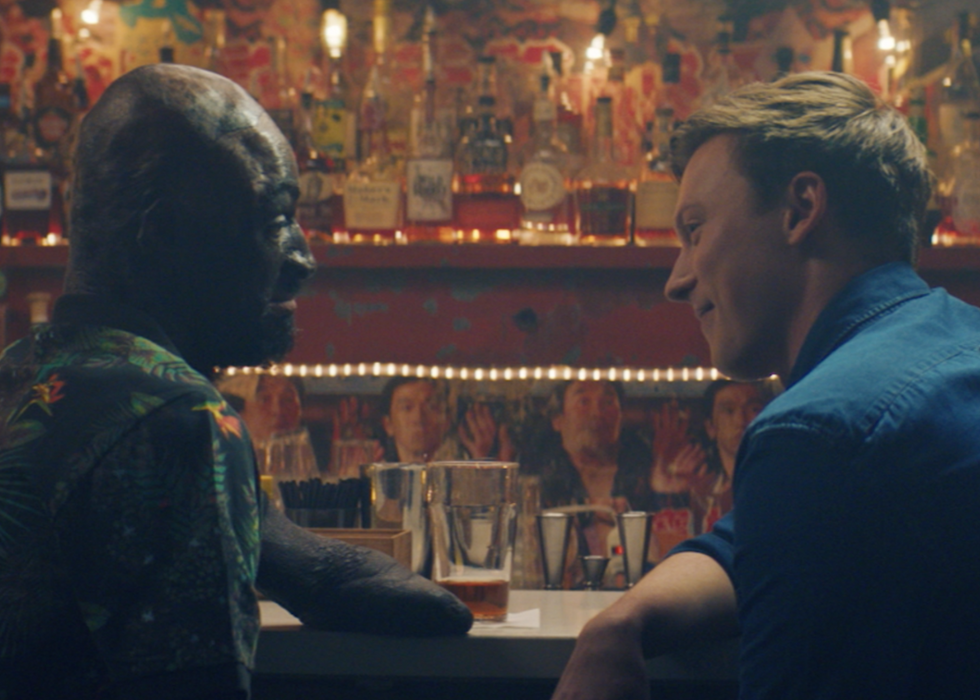
Sara Shaw (Director, Tooth and Nail): Alexa with Cookes and Angienieux zoom for texture, warmth, and a vintage feel.
Ben Strang (Director, Beast): Alexa Mini, Cooke S4s.
Carlyn Hudson (Director, Nice Ass): RED Dragon with vintage/1950s 118mm zoom lenses. The inspiration for the scenes with the ass, and generally the overall aesthetic, came from Altman's McCabe and Mrs. Miller, if you can believe it. We loved the slow, steady zooms and film-ic look and needed those vintage zooms to accomplish it. We shot in 7k, which in retrospect was a bit much for a 3min film (don't tell my DP I said that), but it did offer a lot of latitude in the coloring process to play around.
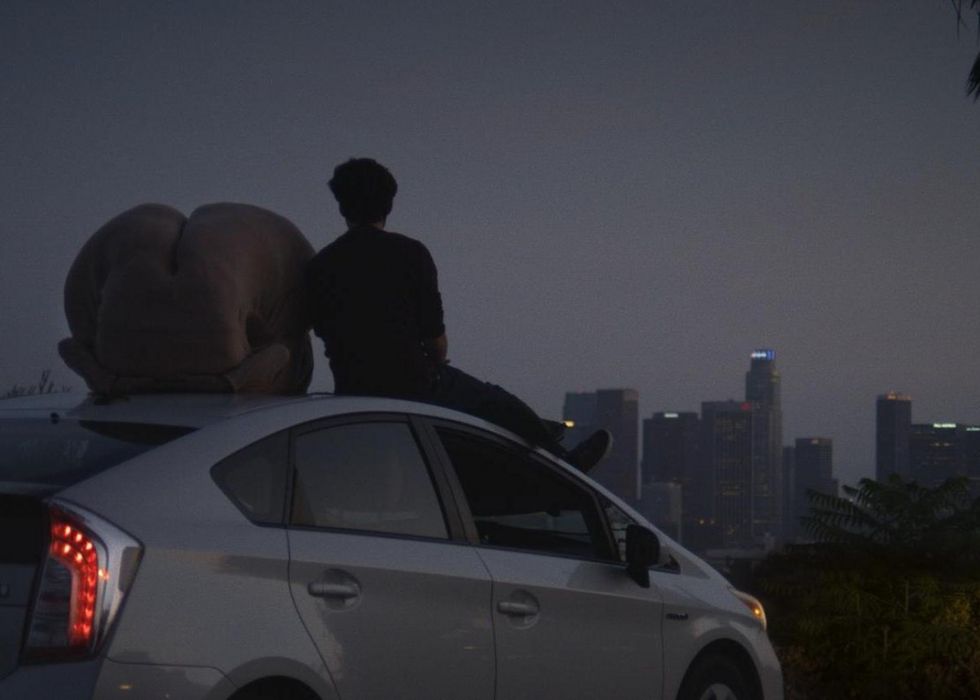
Danny Madden (Director/Editor/Sound, Krista): Sony A7 and Canon lenses. Because we could borrow them from friends!
Sarah Winshall (Producer, Men Don't Whisper): We shot on Arri Alexa XT, Panavision Primo and C Series Anamorphic lenses - I think our DP Drew Daniels really loves that camera and the lenses were great for shooting that Bob & Ted & Carol & Alice look.
Nicole Hilliard-Forde (Producer, We Forgot to Break Up): The Alexa Mini is light and we were shooting all hand-held, low-light interiors and night exteriors. Our DP, Cabot McNenly, chose lenses which work well in low light and are simply his favourite lenses to shoot with. They were Zeiss Superspeed Prime lenses. We shot with the 35mm a lot because while a wider lens, it can get fairly close to the actor without too much facial distortion. We felt it was important to get the camera close to the actor, not removed like we would have been with a longer more telephoto lens. We wanted the camera to have a sort of probing quality that reflected how Evan may have been feeling around his old friends - on display, a curiosity more than a human being - and having the camera very close to the them we believed would help reflect that.
Karina Harchandani (Producer, Escape): Panasonic Lumix GH5 because it allows the film to have in depth quality.
Norton (Director, I Want You - Chris Lake music video): Red Dragon with a set of Panavision Primo Zooms and Panavision Ultra Speeds.
Jesse High (Director, Half a Million - The Shins music video): RED Scarlet and RED Primes.
Celine Held & Logan George (Co-Writers/Directors/Actor/Editor, Caroline): RED Epic / Cookes - we love the ability to punch into some of the 5K images so certain moments in this film feel even more intimate and tension filled.
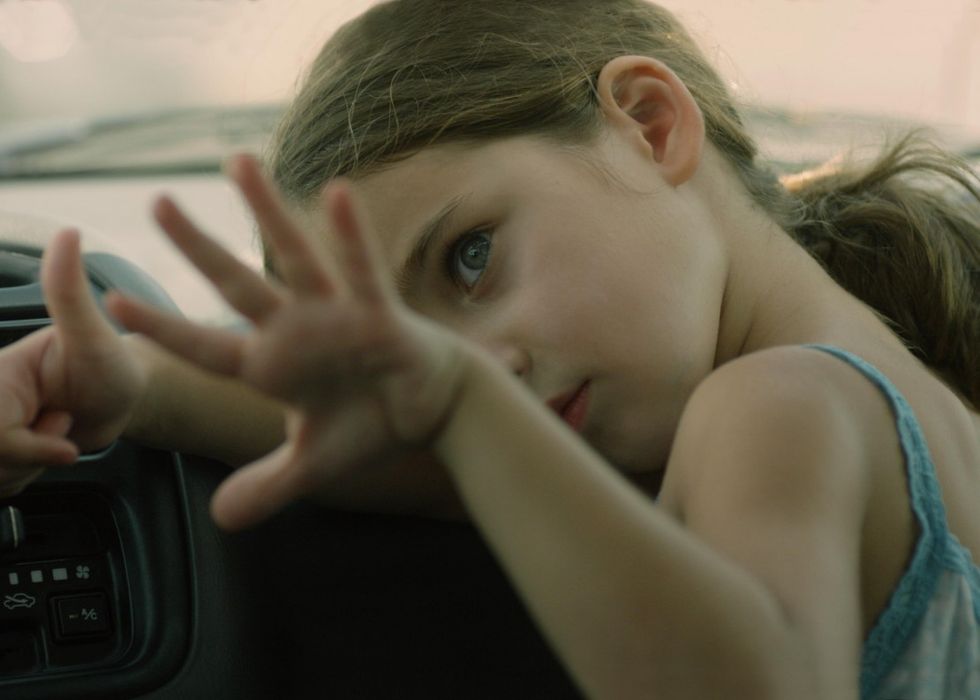
Moisés Aisemberg (Director, Guilt): Alexa Mini, Cooke S4.
Chris Bennett (Co-Director/DP/Editor/Co-Production Designer, The Clock at the Back of the Cage): We used a Canon 5Dmk3 with a Samyang 24mm cine. I already owned the 5D, and because it was rigged to a warehouse roof, and our wireless tether (a camranger) only supported either canon or nikon DSLR it seemed like the obvious choice, rather than renting equipment. I was familiar with the camera, and had tested the tethering and camera control with it. Similarly with the lens, it was part of my regular shooting kit, and had the right focal length for the height. Because we were shooting stills, not video, our main requirement was a crisp wide prime lens, because the movement of objects within the frame, the narrative, and the lighting design were more important for this project than lens characteristics.
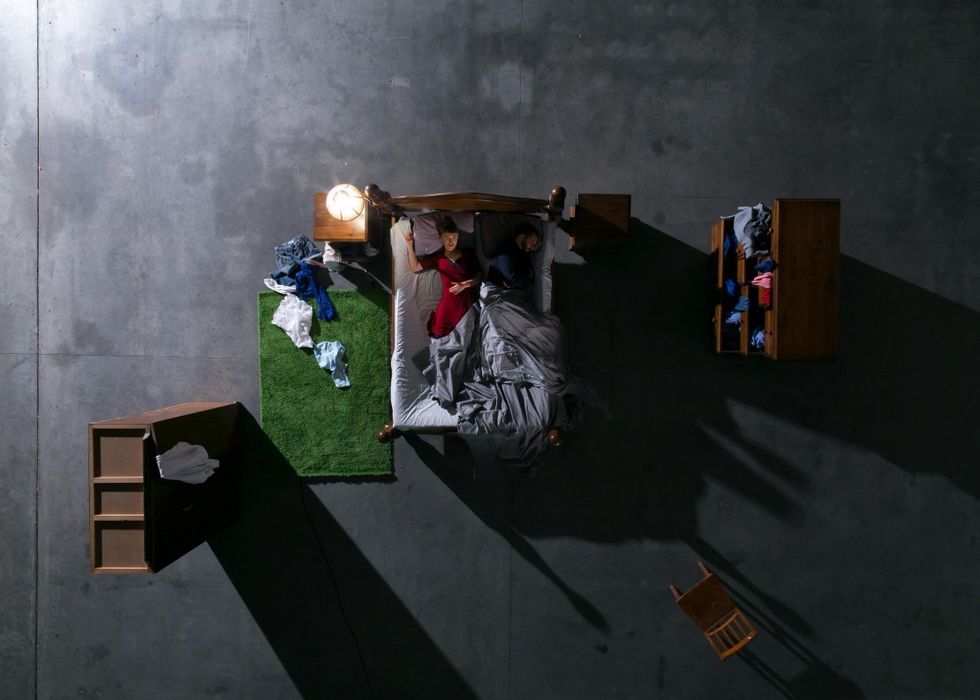
Milena Govich (Director, Unspeakable): Arri Amira, Panavision Primo Lenses.
Alexander Etseyatse (Writer/Director/Actor, Otis): Alexa because we wanted to shoot in the night, Alexa is best with low light so this gives us as much light as possible.
Reiki Tsuno (Director, Crying Bitch): Sony α7S2 (My company owns this camera).
Michelle Stein (Producer, The Big Day): Arri 16mm - we wanted to shoot on film, for it to have a magic look - partly gritty, partly soft and dreamy.
Charlie Tyrell (Director, My Dead Dad's Porno Tapes): Canon 5D + Canon Primes for stop motion, Red Epic + Ultra Primes for live action.
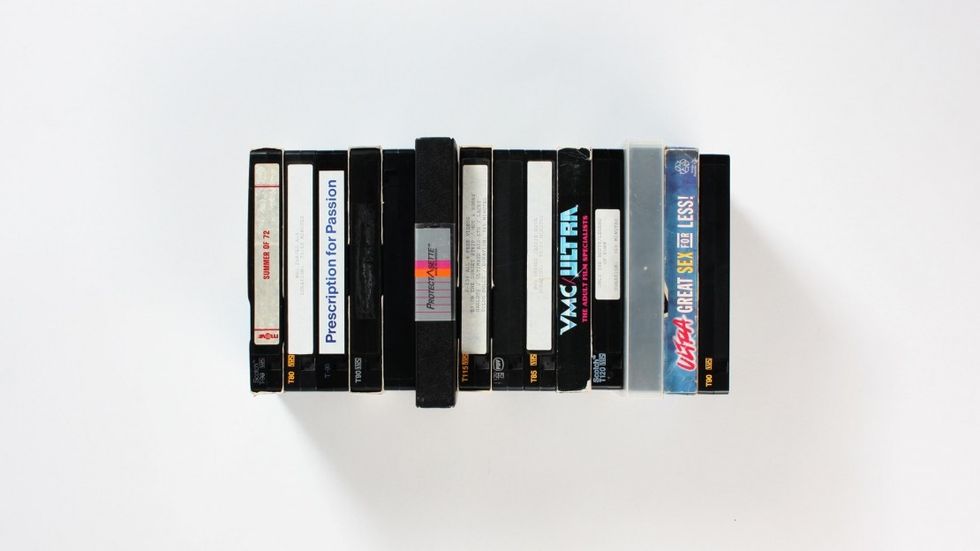
Coco Marie Schneider (Producer, Xavier Corberó: Portrait of an Artist in Winter): Sony AS7. Our DP was very familiar with this camera and felt he would get the look he was going for with it quickly and efficiently on a tight shooting schedule.
Laura Moss (Director, Allen Anders - Live at the Comedy Castle (circa 1987)): The project was shot on three JVC KY27 CU 3CCD studio cameras with 2/3" sensor. Our DP, Eythan Maidhof, helped us to ensure we captured the feel of a late 80s multicam comedy taping as best we could and also get as many cutting options as possible on every take. Though all of the footage was recorded through the camera's twenty-plus year sensor, we recorded to a solid state recording drive so that we didn't have to constantly change out tapestock on the day. We then edited the project in Adobe Premiere and bounced the final cut back to VHS, which gave it a naturally degraded look and helped our titles and VFXs blend in.
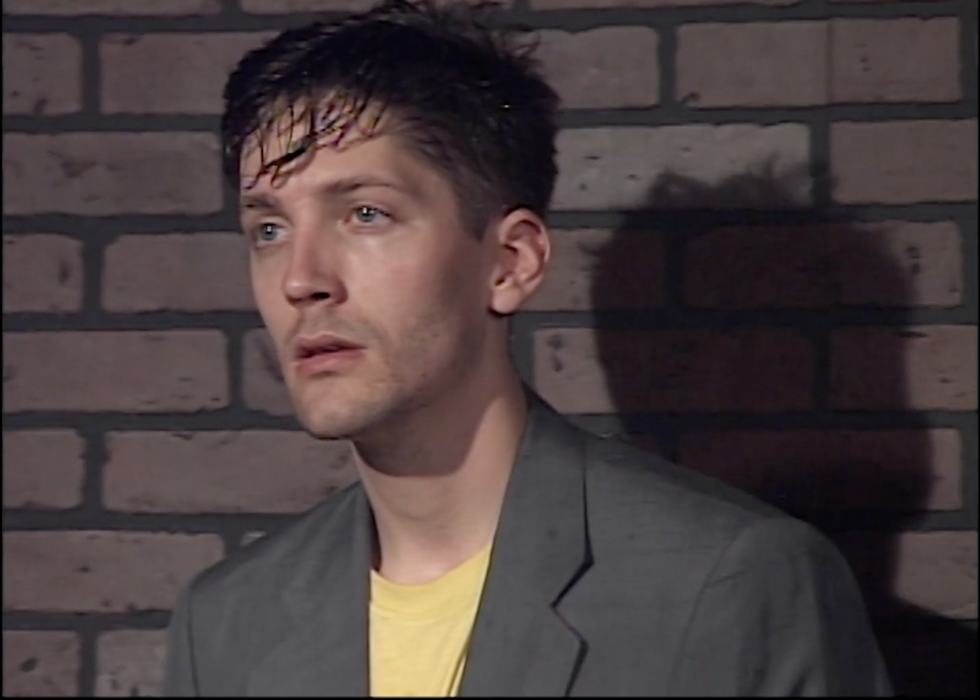
Sarah Downing and Natalie Sandy (Director and Producer, Cleansed): RED, Blackmagic 4K, vintage Canon lenses.
Rebekah Miskin (Creator/Star/Writer/Co-Director, Night Owl): We shot Night Owl on two Arri Amiras with various lenses and occasionally, a [Tiffen] Glimmerglass filter for our fantasy sequences. We shot on Amiras because of how well they perform in low light. As we were working with almost all practical lighting, it was integral to shoot on a camera that would perform well under these conditions; which the Amira certainly did. We chose to shoot with two cameras because we were under a major time constraint. The use of two cameras also allowed us to shoot double the coverage in half the time. And I'm so glad because it was the only way we were able to get our days.
Hyun Lee (Writer/Director, Asian Girls): Arri and Cooke lenses - because we wanted it to look like a skincare commercial.
X. Dean Lim (Writer/Director/Producer/Editor, First World Problems): We shot First World Problems with an Arri Alexa that belonged to Cinematographer Chris Saul. We rented three Kona Anam lenses (30mm, 40mm & 75mm). I wanted anamorphics because of my love of negative space. I also knew I’d be cutting and moving the camera less, which I’ve appreciated more as I’ve matured as a filmmaker. I find modern camera-work too kinetic, almost like they feel the swooping and dutch-ing is needed to compensate for a lack of story, performance or insight. With big-ass lenses, I get to orient the audience and let them enjoy a pretty picture and performance too. When I shot the coming-up section of First World Problems, I had limited access to Chris Saul, his camera or the lenses. Thankfully, Chris shot most of it. But I had to shoot a lot to complete the project. And while I’m no Chris Saul (believe me when I say no one is!), I’m also very proud that my Nikon D800 did a great job against the mighty and awesome Alexa. My Nikon shot with a $600 Zeiss 50mm set at 1.4 and a Zeiss 35mm set at 1.4 and no one can find them. Which yes also means I matched 4K footage with 1080i. And they weren’t insert shots. My cheat: oh yes, I most certainly created fake black bars on the top and bottom of the screen to make the Zeiss lenses look like wide Kona anamorphs - with very creamy DOF, silky bokeh and lovely Deutschland lens flares. Lemme know if you think you can see the shots.
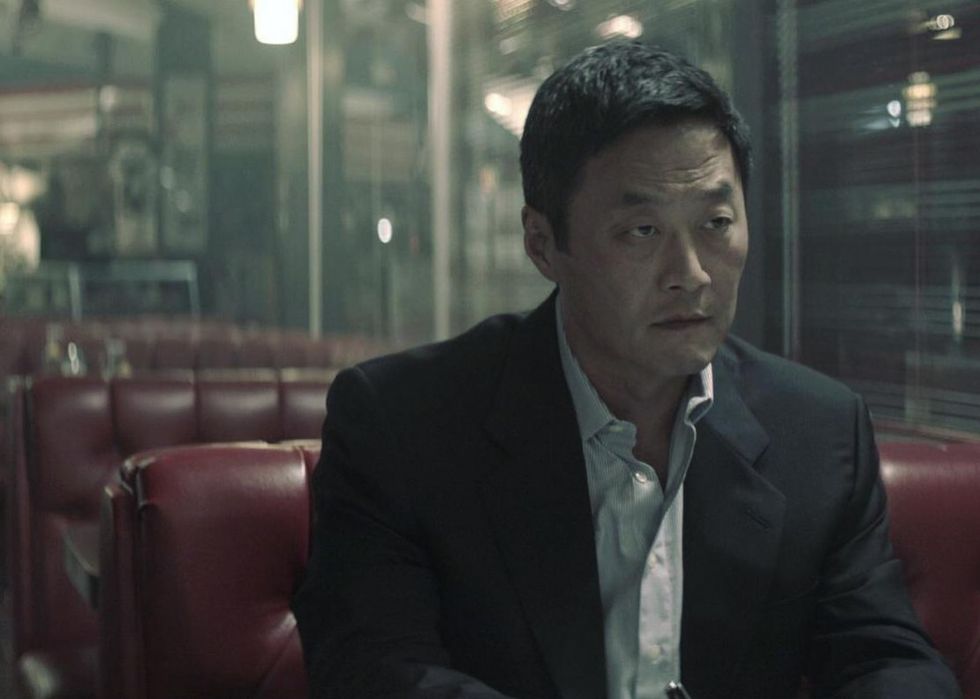
Maria Møller Christoffersen (Producer, Polar): Amira.
Jonatan Etzler (Director, Intercourse): Arri Alexa Plus HS - Zeiss Ultra Prime lenses (there's also one scene shot with a RED Scarlet - I dare you to guess which one ;) ). We were sponsored by Ljud & Bildmedia AB and got a heavy discount for the equipment rental, which we were really thankful for.
Blair Rowan (Director/Writer/Producer, Heavy Chemistry): The bulk of the short was shot on the Panasonic AF100, although the last scene was shot on the Blackmagic 4K. We mostly shot with the AF100 because I owned the camera and I was initially just planning on dumping the short on the internet (it was only after it was cut together that I decided to submit to SX on a whim), so I didn't really feel the need to shoot a resolution any higher than 1080. The final scene is a bit of a revelation for the characters though and we wanted it to visually deviate from the previous scenes, but without being too blatant about it. So my DP, HutcH, suggested that we shoot it on the Blackmagic 4K and let the difference in detail and scope of information do the heavy lifting as opposed to drastically changing the color scheme in post or anything like that. I feel like this answer would've been much more succinct if I wasn't trying so hard to dance around that revelation I mentioned, but, y'know, don't wanna the spoil the ending of my own short.
Gustavo Rosa (Director, Carro): Red One MX with Zeiss Super Speed primes. I used the Red One MX because a friend let me borrow it for free and I love the flexibility of 4K raw. I rented the Super Speeds because I had worked with them before and I love their look wide open.
César Pesquera (Director, Santa Ana): Red Camera and anamorphic lenses. Given it was film about the wind blowing in the desert I was looking for that filmic / road movie feeling. Also the panoramic format looked pretty suitable for the American landscape.
Laurel Parmet (Writer/Director, Kira Burning): Alexa Mini with Angenieux Optimo Zooms, they definitely made us more limber.
See all of our coverage of SXSW 2018.
Featured image: 'Get Some,' Ghosted featuring Kamille music video, directed by Fidel Ruiz-Healy.











